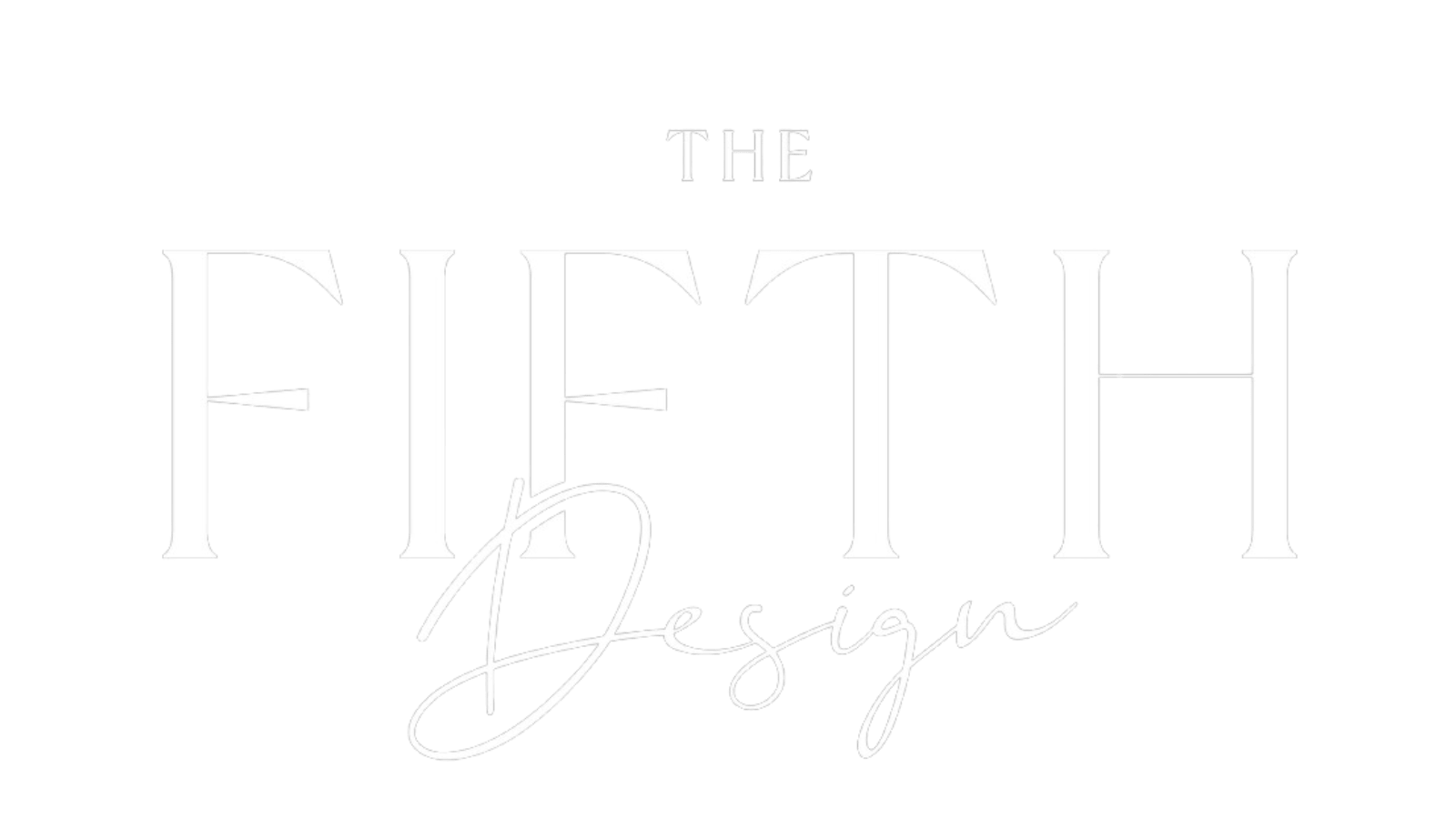When deciding between handcrafted and mass-produced gifts, consider these key differences:
- Handcrafted gifts offer personalization, premium materials, and a lower environmental impact. They’re ideal for special occasions and recipients who value uniqueness and sustainability.
- Mass-produced gifts are practical, readily available, and more budget-friendly. They suit casual events or those who prioritize functionality.
Quick Comparison
| Aspect | Handcrafted Gifts | Mass-Produced Gifts |
|---|---|---|
| Quality | Durable, premium materials | Standardized, cost-focused |
| Customization | Highly personalized | Limited options |
| Environmental Impact | Lower, sustainable practices | Higher, large-scale production |
| Value Over Time | Long-lasting, sentimental | May require replacements |
| Availability | Time-intensive crafting | Quick production cycles |
| Cost | Higher upfront cost | Budget-friendly |
Your choice depends on the occasion, recipient’s preferences, and budget. Handcrafted gifts shine for their emotional value and sustainability, while mass-produced options work well for practicality and quick availability.
Handmade Product Pricing Facts You're Not Considering
Quality Comparison
Handcrafted gifts often stand out for their durability compared to mass-produced items [1].
Handmade Quality Standards
Handmade gifts, like the resin homewares from The Fifth Design, merge skilled craftsmanship with durable materials. For instance, their resin cheese boards go through strict quality checks, ensuring they meet high standards. The use of premium resin and sustainable materials enhances both their strength and visual appeal.
Artisans bring a personal touch to every piece. Take The Fifth Design's personalized resin paddles (€91.95) as an example. These paddles feature unique color patterns and detailed finishes that automated production simply can't replicate.
Mass Production Standards
Mass-produced items focus on keeping costs low, often sacrificing material quality in the process. While certifications like ISO 9001 ensure consistent production, they generally aim to meet minimum requirements rather than surpass them.
Quality Factors Comparison
| Quality Factor | Handcrafted Gifts | Mass-Produced Gifts |
|---|---|---|
| Material Quality | Premium, carefully chosen | Standardized, cost-focused |
| Quality Control | Each item inspected individually | Automated batch testing |
| Durability | Long-lasting | Requires replacement sooner |
| Finish Details | Unique and detailed | Uniform, machine-made |
| Production Time | Time-intensive crafting | Fast production cycles |
The Fifth Design's Ultimate Gift Bundle (€164.95) illustrates the care and precision that go into handmade creations. These differences explain why handcrafted gifts often carry more emotional and practical value for special occasions.
Beyond quality, the ability to personalize a gift can make it even more impactful.
Custom vs. Standard Options
The difference between personalization in handcrafted and mass-produced gifts can greatly influence their emotional impact and perceived worth.
Handmade Personalization Options
Handcrafted gifts allow for a wide range of personalization. For example, The Fifth Design's Medium Resin Paddle (€91.95) lets buyers choose custom color swirls, engrave names or dates, and opt for food-safe materials tailored to their needs. Each piece can be tailored with specific design details, personal touches, high-quality materials, and adjustable dimensions to suit individual tastes.
Mass Production Customization Limits
Mass-produced gifts, on the other hand, usually come with limited customization options. These might include pre-set templates, standard color choices, or basic text adjustments. The focus on efficiency and cost-saving in manufacturing often restricts the level of personalization.
While mass-produced items may lack the ability to feel truly personal, handcrafted gifts excel at creating items that are both meaningful and unique.
Best Handmade Gift Ideas
Red Robot Engraving's custom cutting boards are a great example of how handmade items can become unforgettable gifts [4]. Personalized engravings make them perfect for:
- Wedding Gifts: Resin serving boards featuring the couple's names and wedding date
- Anniversary Presents: Cheese board sets engraved with meaningful dates
- Housewarming Tokens: Resin bowls designed to match a new home's color scheme
These handmade gifts not only stand out visually but also foster a stronger emotional connection - something mass-produced gifts rarely achieve. More and more, people value the thought and uniqueness behind handcrafted items [3].
sbb-itb-577bf12
Gift Impact and Meaning
A gift's emotional value often goes far beyond its price tag, leaving a lasting impression that reflects the bond between the giver and the recipient.
Handmade Gift Origins
Handcrafted gifts come with unique stories that create a deeper sense of connection. Items from artisans like The Fifth Design showcase hours of dedication and skill. For instance, their resin bowls (€17.95) include cards explaining the inspiration behind the colors and crafting techniques. When you give a handcrafted gift, you're sharing a piece of artistry and tradition infused with personal meaning.
While handmade gifts offer emotional depth, mass-produced options bring their own benefits.
Mass-Produced Gift Value
Mass-produced gifts can also carry meaning when selected with care. They stand out for their practicality, availability, and consistent quality.
Here’s a quick comparison:
| Aspect | Handmade Gifts | Mass-Produced Gifts |
|---|---|---|
| Story Value | Unique creation narrative | Tied to brand identity |
| Emotional Connection | Personal link to the artisan | Based on usefulness and features |
| Long-term Value | Gains sentimental worth over time | Reliable and functional utility |
| Gift Experience | Includes a personal backstory | Focuses on product attributes |
The best choice depends on how well the gift suits the recipient and the occasion.
Matching Gifts to Recipients
Whether handmade or mass-produced, the most meaningful gifts reflect the recipient's personality and preferences. For someone who values craftsmanship and sustainability, artisanal items like The Fifth Design's Charcuterie Bundle (€134.95) combine practicality with artistic flair. On the other hand, high-quality, mass-produced items may be a better fit for those who prioritize functionality.
When choosing between the two, think about:
- The recipient’s lifestyle and interests
- Their preference for craftsmanship versus practicality
- How well the gift matches the occasion’s importance
A thoughtful gift - whether handmade or mass-produced - shows genuine care for the recipient's tastes and the significance of the moment.
Environmental and Social Impact
The decision between handcrafted and mass-produced gifts goes beyond personal preferences - it also has broader effects on the environment and society.
Handmade and the Environment
Handcrafted gifts tend to leave a smaller environmental footprint. For example, The Fifth Design uses eco-friendly resin materials in their products, demonstrating a commitment to sustainable practices. Because handmade items are often built to last, they generate less waste over time, aligning with their environmentally conscious production methods.
Local artisans frequently rely on traditional, low-energy techniques. For instance, crafting textiles with organic cotton and natural dyes helps minimize water pollution and chemical waste - issues often linked to large-scale manufacturing.
Ethical Differences in Production
The social impact of handcrafted gifts is distinct from that of mass-produced items. Here's a quick comparison:
| Aspect | Handcrafted Production | Mass Production |
|---|---|---|
| Labor Conditions | Controlled by individual artisans | Factory-based assembly lines |
| Compensation | Fair, direct payment to artisans | Often variable wage systems |
| Community Impact | Boosts local economies | Benefits centralized operations |
| Skill Preservation | Supports traditional crafts | Relies on standardized methods |
Take The Fifth Design as an example. Their workshop emphasizes fair wages, ethical sourcing, and direct relationships with suppliers. These values stand in contrast to the often impersonal and inconsistent wage structures seen in mass production.
Environmental Impact in Numbers
Research highlights the lower environmental toll of handcrafted items compared to mass-produced ones [2]. Mass-produced gifts, which are often replaced 2-3 times more frequently, contribute substantially to waste.
Some key points to consider:
- Handcrafted items produce 60% less production waste than their mass-produced counterparts.
- Durable handmade products, like The Fifth Design's Charcuterie Bundle (€134.95), are built to last, reducing the need for frequent replacements.
- Locally produced handmade goods cut down on transportation emissions, unlike mass-produced items that rely on global supply chains.
For environmentally conscious gifting, certifications like Fair Trade and Organic can help ensure responsible production [1]. Opting for such gifts not only supports eco-friendly practices but also appeals to recipients who value ethical and thoughtful choices.
Making Your Choice
Deciding between handcrafted and mass-produced gifts comes down to a few key factors that influence both the immediate impression and how the gift holds up over time.
Decision Guidelines
The right choice depends on the context of your gift-giving. Here are some factors to consider:
| Factor | Handcrafted Gifts | Mass-Produced Gifts |
|---|---|---|
| Occasion | Perfect for weddings, anniversaries, and milestone events | Great for casual celebrations or corporate gifting |
| Budget | Higher upfront cost, but built to last | More budget-friendly, though may need replacement |
| Timeline | Requires planning (usually 2-3 weeks) | Readily available |
| Recipient Priorities | Appeals to those who value uniqueness and sustainability | Ideal for practical, functionality-focused recipients |
Handcrafted gifts often align with recipients who care about sustainability or appreciate one-of-a-kind items. They shine on special occasions where a personal, thoughtful touch matters most, blending practicality with artistic design.
But a gift isn’t just about the moment - it’s also about how it holds up over time.
Long-Term Gift Value
Handcrafted items are often more durable than mass-produced alternatives [2]. This makes them an excellent choice for items like home décor or accessories that see frequent use.
For example, The Fifth Design's Medium Resin Paddle (€91.95) combines durability with a personal touch, making it both functional and sentimental. Their Ultimate Gift Bundle (€164.95) highlights the benefits of handmade items: high-quality materials that age gracefully, emotional connections through customization, and versatility for different uses over time.
If your recipient values sustainability and individuality, handcrafted gifts deliver both an immediate impression and lasting meaning. On the other hand, mass-produced gifts might be the better option when cost or quick availability is a priority [1].
Ultimately, the best choice comes down to balancing the occasion, the recipient’s preferences, and practical factors.
FAQs
Why are personalized gifts better?
Personalized gifts stand out for several reasons, offering unique benefits that make them more meaningful:
| Aspect | Benefit | Example |
|---|---|---|
| Emotional Value | Builds lasting memories | Hand-painted ceramics in the recipient's favorite colors |
| Uniqueness | Truly one-of-a-kind | Custom-engraved wooden jewelry box |
| Craftsmanship | Exceptional attention to detail | Artisan-made leather accessories with personalized initials |
Studies indicate that recipients tend to keep personalized gifts longer than mass-produced ones [2]. Beyond their sentimental appeal, these gifts often align with ethical and eco-friendly practices, making them an ideal choice for those who value thoughtful and responsible gifting.
When selecting a personalized gift, consider the following:
- Allow 2-3 weeks for production.
- Be prepared for a slightly higher cost upfront.
- Tailor the design to suit the specific occasion.
Personalization isn’t limited to adding names or dates. It can also involve selecting colors, patterns, or design elements that reflect the recipient’s personality and tastes [1]. This level of care ensures a lasting impact, far beyond what generic options can offer.



Share:
Resin vs. Wood Serving Boards: A Complete Comparison
Wedding Gift Guide: 10 Personalized Home Decor Ideas